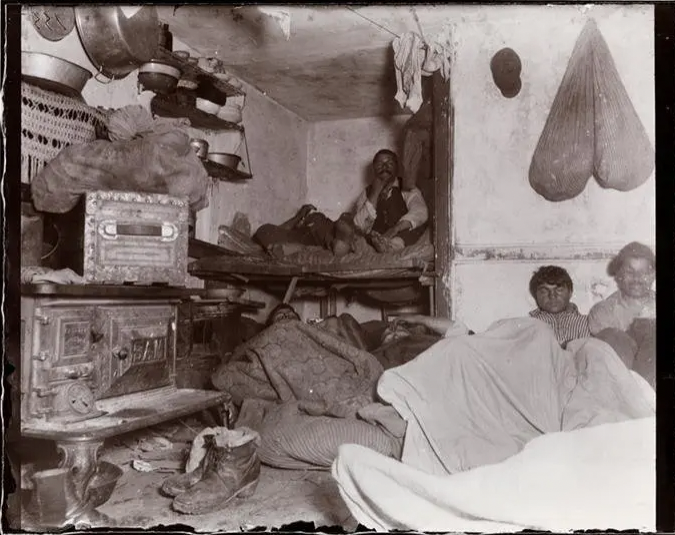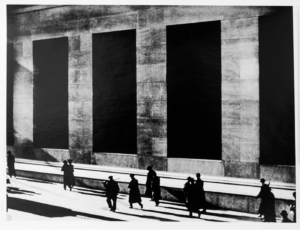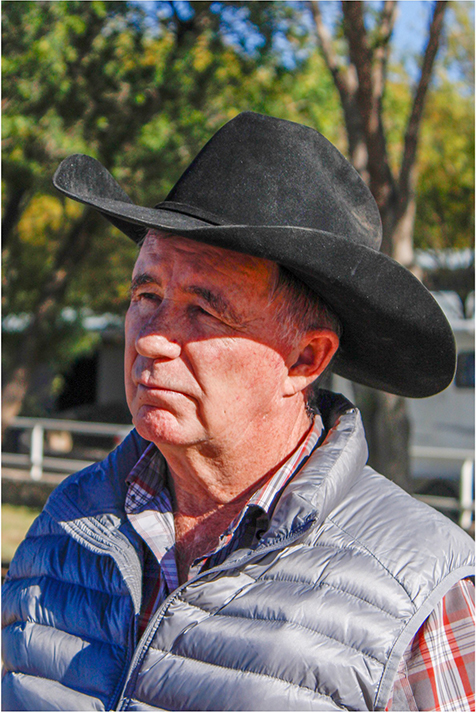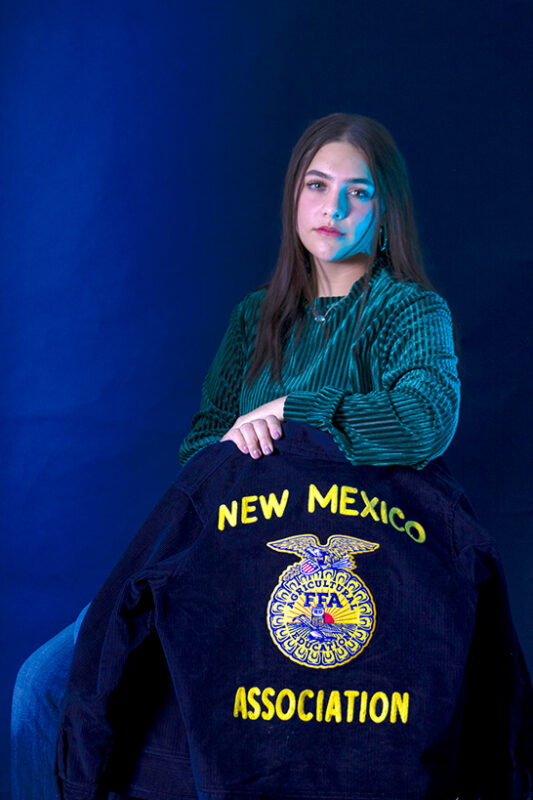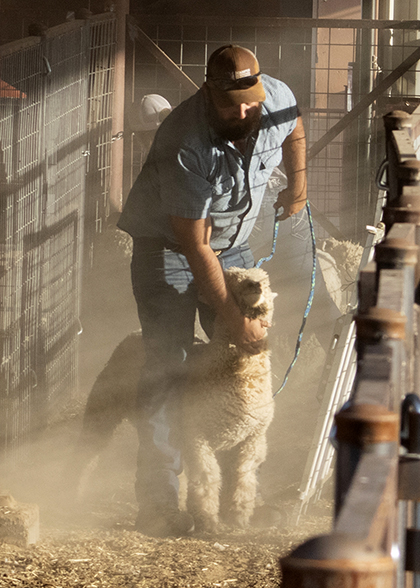CAPTURING HUMAN DIGNITY
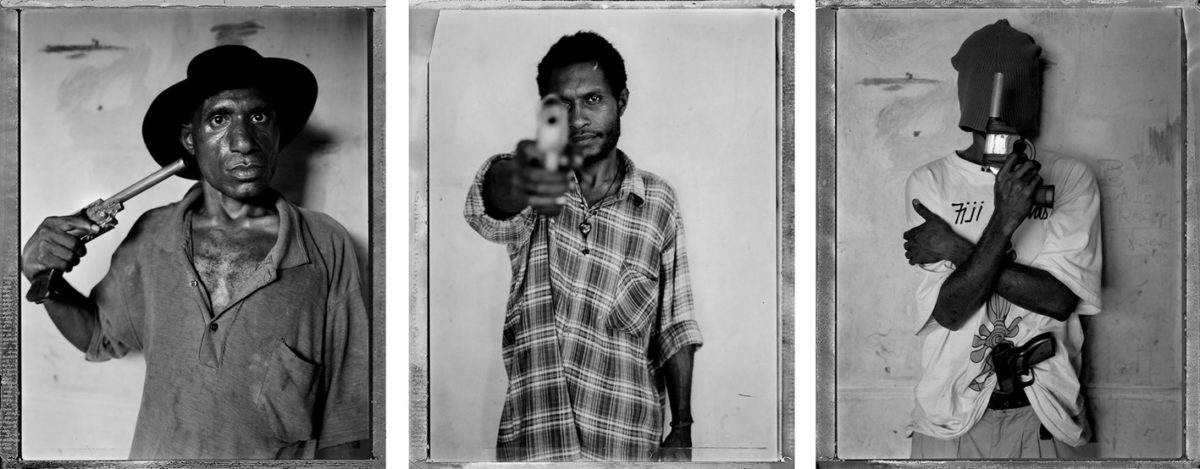

Photojournalism can be traced back to 1853, says Rachael Towne, when Carol Szathmari documented the Crimean War. Photojournalism changed with, “the advent of the 35mm Leica camera in 1925, as well as the invention of the first commercial flash bulbs in 1927,” says Towne. The “golden age” of photojournalism was from 1930s to the 1960s. During this time the Great Depression was happening and many photographers were “documenting the lives of real people who had fallen on hard times,” says Towne. The dictionary would define photojournalism as “journalism in which photography dominates written copy, as in certain magazines.” I find photojournalism as sharing the worlds stories by capturing the moments of those on the other side of the lens. One of my favorite photojournalists is Stephen Dupont. “Dupont capture the human dignity of his subjects with great intimacy and often in some of the world’s most dangerous places,” says AustralianPhotography.com.
Like all photojournalists Dupont makes a living by capturing photos of people and places that have a story to tell. A lot of times this means being in the middle of the action. To be a photojournalist means you tend to disregard your own wellbeing to capture the photo that will give a voice and cause a reaction from those who will view it. There are many companies that photojournalists sell their content to. Some of Dupont’s main clients are The New Yorker, Aperture, Newsweek, Time, GQ, The Guardian, National Geographic, The New York Times Magazine, Outside and many more. Pay for photojournalism jobs vary depending on is you are a contract photographer, free-lance, television, newspaper, magazines or books. According to an article written by Jennifer Alyson, television photojournalists made about $45,000 in 2011. Newspaper, magazine and book photojournalists made about $41,000 that same year. The pay may not always be great, but the money is not way you become a photojournalist. You become a photojournalist to try and change the world around you and to never have a boring days’ work.
There are many different organizations around the world that represent photojournalists. The most well-known would be the National Press Photographers Association (NPPA). Others include the New York Press Photographers, World Press Photo, Contact Press Images, Gamma and many more. To join the NPPA for a student is $65 a year; for a professional it is $110 a year. There are many benefits to joining these organizations like discounts of workshops, access to get job information and internships, mentoring and critique program, grants, and much more.
I have always wanted to work for National Geographic. The dream would be to travel to places like Africa or Papua New Guinea and document life there. A project that I am currently working on that has always been a dream of mine is doing a documentary series about those who have been adopted by other races or cultures and how it has shaped their lives.
References:
Alyson, Jennifer. (2017). Salary of a Photojournalist. Chron. Retrieved from
http://work.chron.com/salary-photojournalist-5248.html
Outside. (2017). In the Field With Photojournalist Stephen Dupont. Outside. Retrieved from
https://www.outsideonline.com/1823186/field-photojournalist-stephen-dupont
Towne, Rachael. (Sept 18, 2012). A Brief History of Photojournalism. Light Stalking. Retrieved
from https://www.lightstalking.com/a-brief-history-of-photojournalism/

